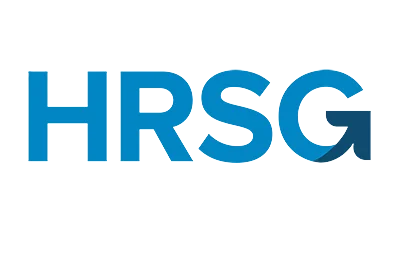Looking to enhance your cloud based HR experience? We introduce you with easy solutions to boost your business using the HR cloud systems.
Cloud Computing is taking over the world with its powerful technology that is enhancing user experience effectively and efficiently. Now you don’t need to carry and place heavy devices or buy systems and softwares that are heavy on pocket and hectic on mind.
Cloud service providers deliver the best solutions to store, retrieve or relocate your data without the hassle of managing the whole softwares and doing changes here and there. You just buy the service and can easily access this service from anywhere in the world, that’s why it is named as “Cloud”.
Cloud Based Human Resource Management:
Cloud servers also provide human resource management solutions to people working in the HR department. This has helped human resource management to easily manage their daily tasks without being worn-out. Through cloud based HR systems a wide range of tasks can be performed and it has capabilities to streamline HR processes and improve workforce management.
Main Factors Of Cloud Based HR Solutions:
Human resources are using these platforms to gain the best from the following advantages:
- Accessible Information Management:
Human resources can easily access employee information anywhere, manage records and personal information through cloud softwares so there’s no need to look into details of every employee data on paper or in files to find something specific.
- Hassle Free Recruitment Process:
Cloud services help in easy onboarding and recruiting. You can store the candidate information and list the applications according to the requirements. This helps in listing and tracking applications, conducting interviews, and facilitates the onboarding process.
- Check-ins, Check-outs and Attendance:
Through cloud infrastructure HRs can record check-ins and check-outs that help in recording working hours and attendance calculations.
- Performance Analytics and Developments:
Employee progress can be tracked easily through performance analysis on cloud computers where all the progress and work reports are stored on a daily basis. This can help in determining the employee development needs and what training is required for the employees to grow better.
- Employee Benefits Administration:
There is a section for everything to ease HRM work. Similarly, the employee benefit Administration is the key task that HRs perform and cloud platforms have made it easier by managing employee benefits, including healthcare, retirement plans, and leave policies.
- Payroll Management:
As cloud based systems store attendance, working hours so the payroll management becomes easier to calculate for accurate salary disbursement.
- Statistics and Analysing:
Generate reports, turnovers, employee satisfaction and diversity statistics.
- Laws And Regulations:
Helps in compliance management by determining labour laws, regulations and reportings.
- Cloud Server for Employees:
These HR Cloud resources are also accessible to employees so that they can request leaves, time offs, access and update personal information.
- Business Growth Predictive:
By identifying future leaders it helps in business growth predictions and also forecasts staffing needs based on business growth and changes.
- Security and Risk Management:
These servers provide risk management and high security to data and breach of privacy.
- Integration and Mobile Friendly:
These cloud based solutions are accessible on mobile devices and can be integrated with other software in the business such as finance and accounting for data consistency.
These Cloud systems offer a range of solutions and services that leverage remote servers and networks to store, manage, and deliver data and applications over the internet. These systems offer flexibility, scalability, and accessibility, making them essential tools for modern businesses and individuals alike.










